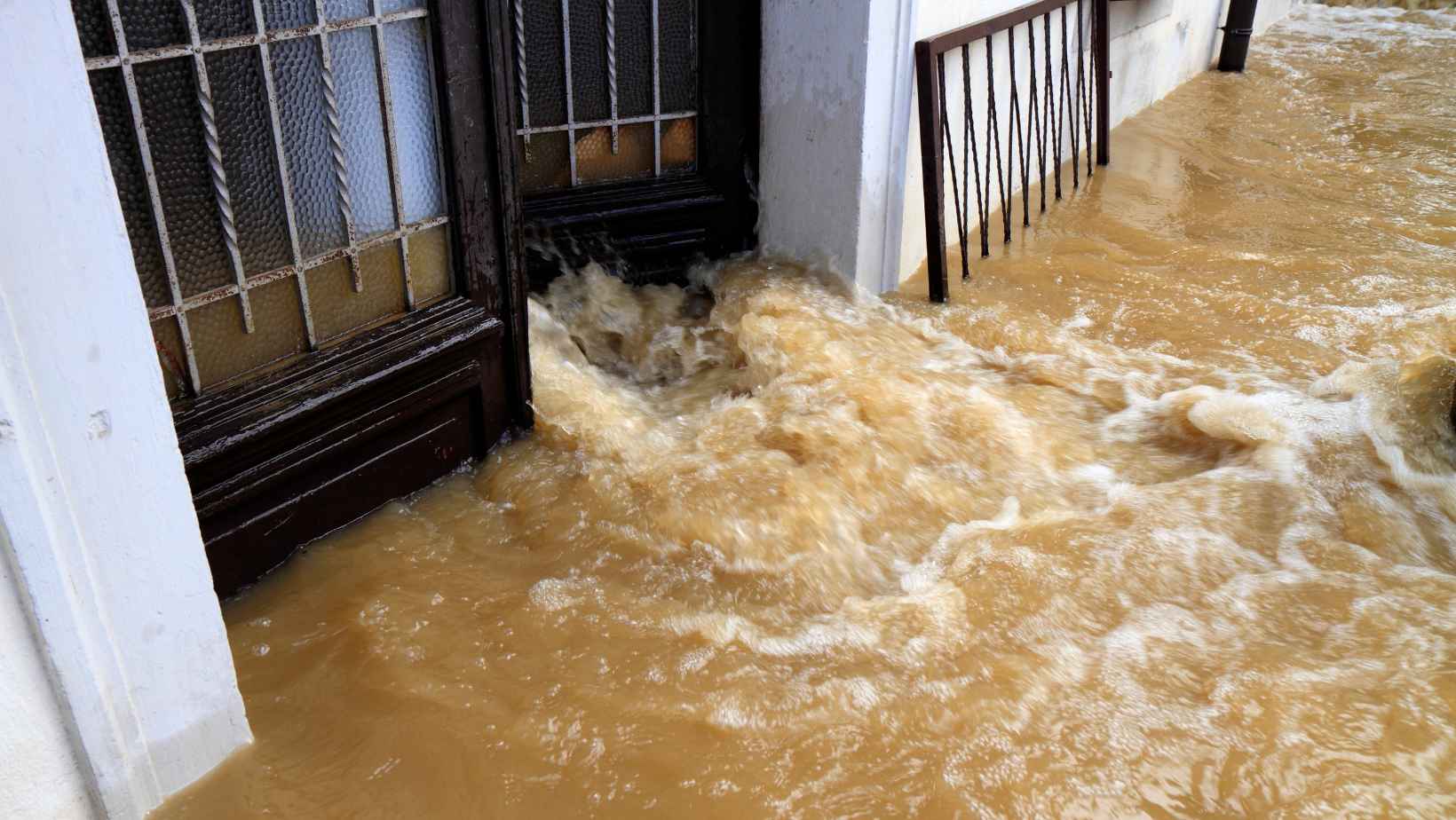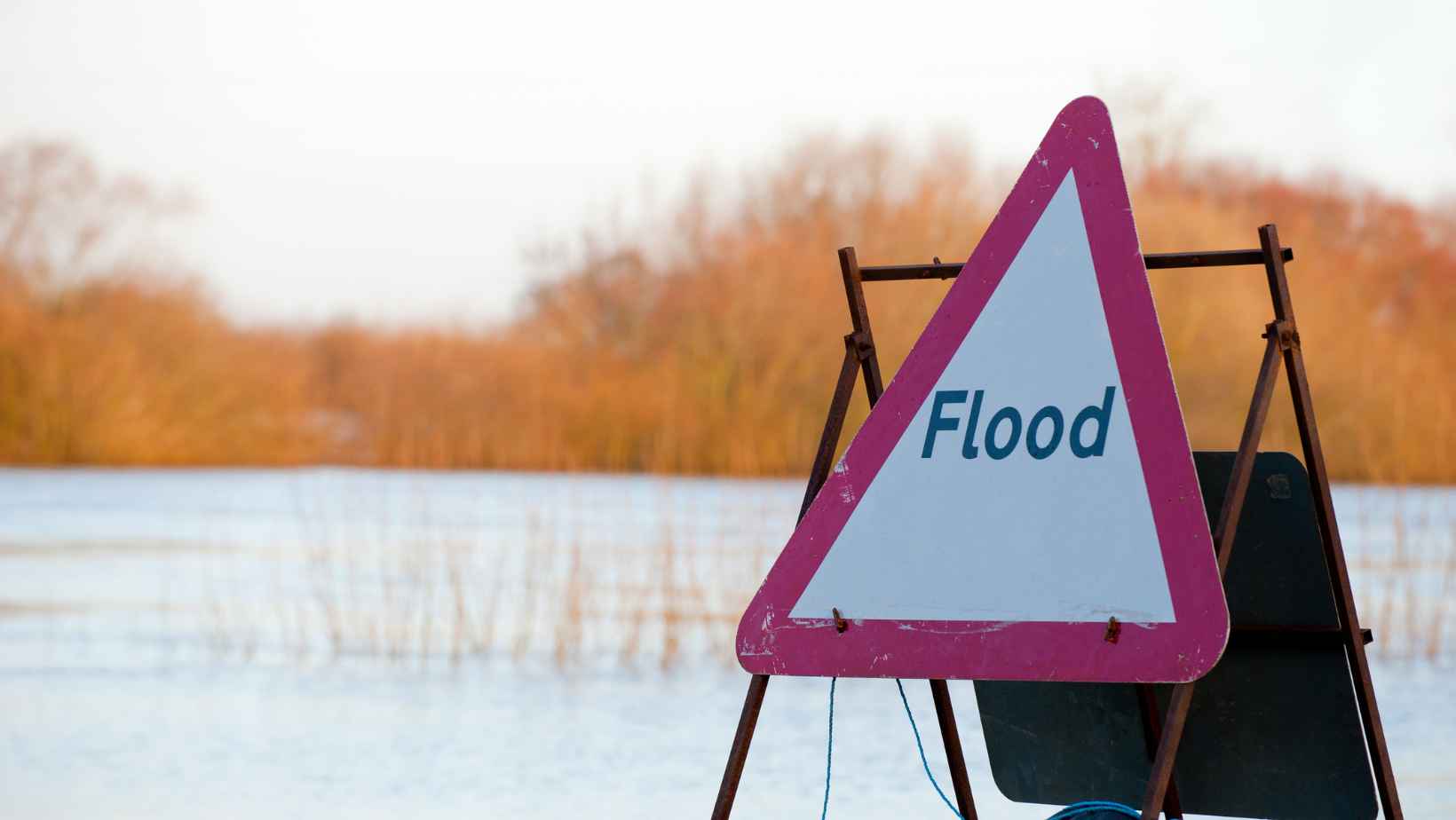
The UK is an island nation that is subject to rainfall throughout the year, with the amount varying from month to month. Generally, rainfall is at its highest during the winter months and its lowest during the summer months. The average rainfall in the UK is approximately 886mm per year .
In January, the rainfall in the UK averages around 99mm, making it the wettest month of the year. This is followed by February with an average of 81mm, March with an average of 78mm, April with an average of 59mm, May with an average of 52mm and June with an average of 52mm. July, August and September are the driest months of the year with an average of 45mm, 43mm and 53mm respectively. October, November and December are typically the wetter months of the year with an average of 67mm, 84mm and 83mm respectively.
Overall, there are some significant trends in rainfall patterns in the UK, with the winter months being significantly wetter than the summer months. This is in part due to the jet stream, a band of strong winds that drives weather systems across the Atlantic, bringing with it rain and snow.
The UK has experienced an increase in rainfall in recent years, with the average annual rainfall across the UK increasing by 5.5mm every decade since the 1960s. This increase in rainfall has been attributed to global warming, with the UK Met Office stating that their analysis of extreme weather events in the UK suggests that climate change has increased the probability of severe rainfall events in the UK.
Overall, the UK is subject to variable levels of rainfall throughout the year, with the winter months being significantly wetter than the summer months. The UK has experienced an increase in rainfall in recent years, which is likely due to global warming. To protect against the potential risk of flooding, it is important to install storm water pumps from pumpstationsdirect.com. Storm water pumps can help to reduce the risk of flooding by quickly and effectively removing excess water from the site.








